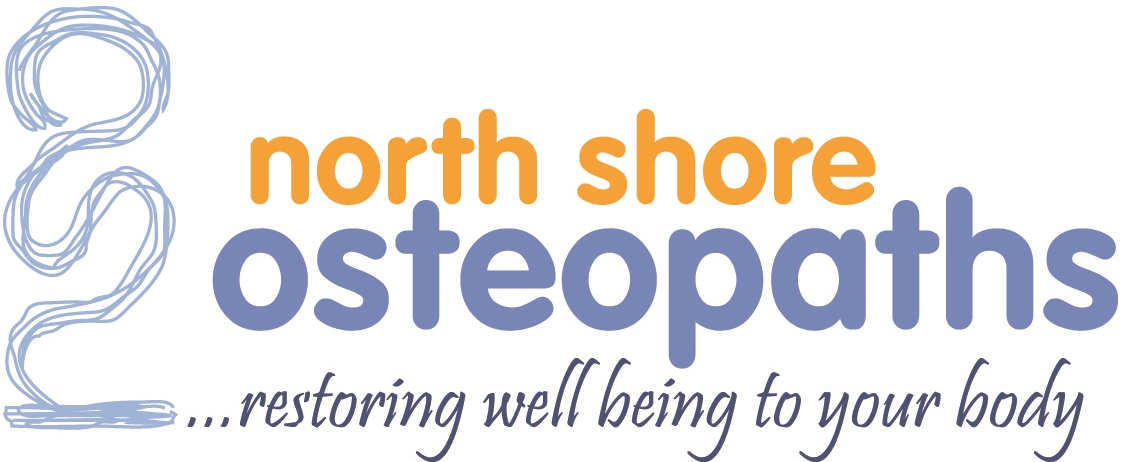
The rule for brain wiring is “use it or lose it.” Synapses that are not “wired together” through stimulation are pruned and lost during a child’s school years. Although an infant’s brain does have some neurological hard wiring (such as the ability to learn any language), it is more pliable and more vulnerable than an adult’s brain. And, amazingly, a toddler’s brain has twice as many neural connections as an adult’s.
When you provide loving, language-enriched experiences for your baby, you are giving his brain’s neural connections and pathways more chances to become wired together. In turn, he will acquire rich language, reasoning, and planning skills.
So how do you develop your baby’s brain power? Here are some suggestions.
Have meaningful conversations.
Respond to infant coos with delighted vocalizations. Slowly draw out your syllables in a high-pitched voice as you exclaim, “Pretty baby!” The areas in the brain for understanding speech and producing language need your rich input.
Go outside – expose the baby to the outside world.
A stroller ride can be very stimulating, visiting strange new places which we adults often take for granted. Share the view. Take your baby on walks in a front carrier, sling, or backpack, and narrate what you see: “dog” or “trees!” or “Look at the car!” – to give your baby endless vocabulary-building opportunities.
Infants who are carried more cry less
Infants who spend less time crying and lying down devote more time and energy to growing and learning. The neurological reason for this is that motion regulates babies. Carried babies show an increase in awake content time, called quiet alertness. This is the behavioural state in which an infant is most content and best able to interact with the environment. Newborns have disorganized nervous systems in their new environment; they must adjust to being outside the womb. Unheld, they flail their arms, arch their backs, and genuinely seem unsettled. Slings contain and settle babies by providing the motion and holding that babies need to be neurologically organized.
Another result of being carried in a sling is that babies receive more attentive parenting and more interaction with the environment, causing more brain cell connections. In fact, researchers have reported that carried babies show enhanced visual and auditory alertness. Also, the behavioural state of quiet alertness gives parents a better opportunity to interact with their baby.
When facing forward in the sling, a baby has a wide view of her environment – she is able to scan her world. Baby learns to choose—focusing on what she wishes to look at and shutting out what she doesn’t. This ability to make choices also helps develop a smart baby.
Set up a safe environment for your crawling baby or toddler.
Spatial learning is important, and your mobile child will begin to understand parameters such as under, over, near, and far. He will be able to establish mental maps of his environment and a comfortable relationship with the world in which he lives.
